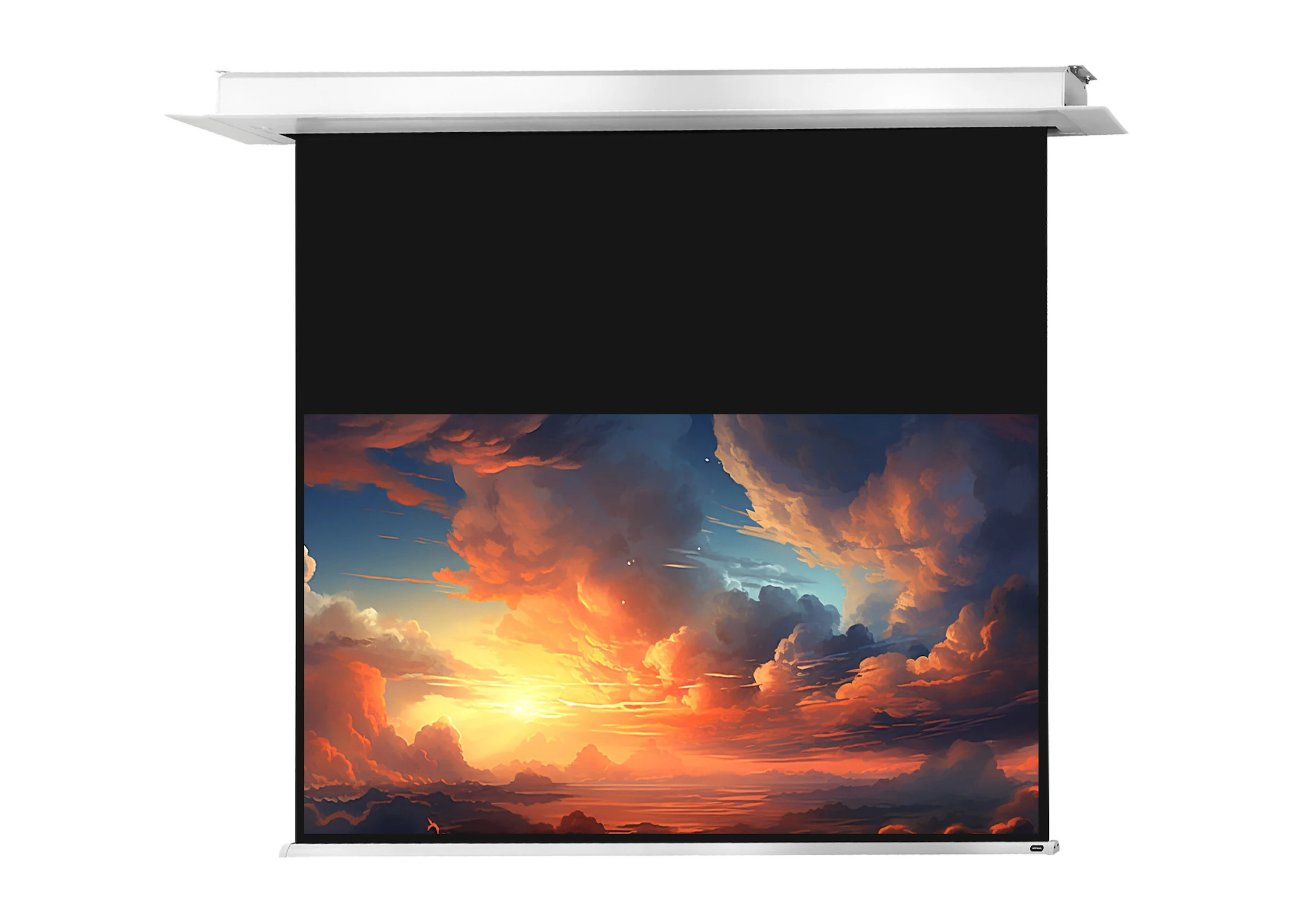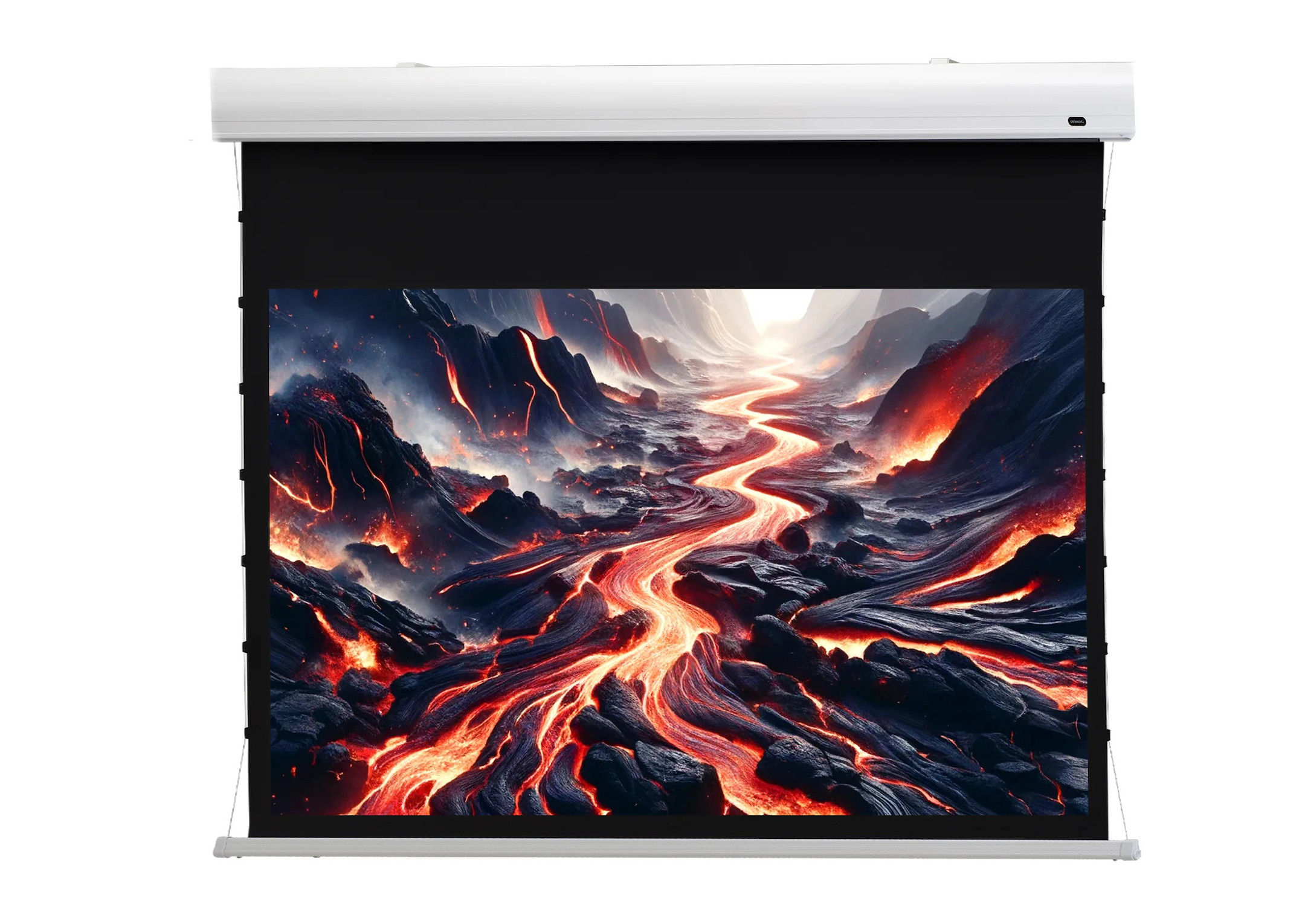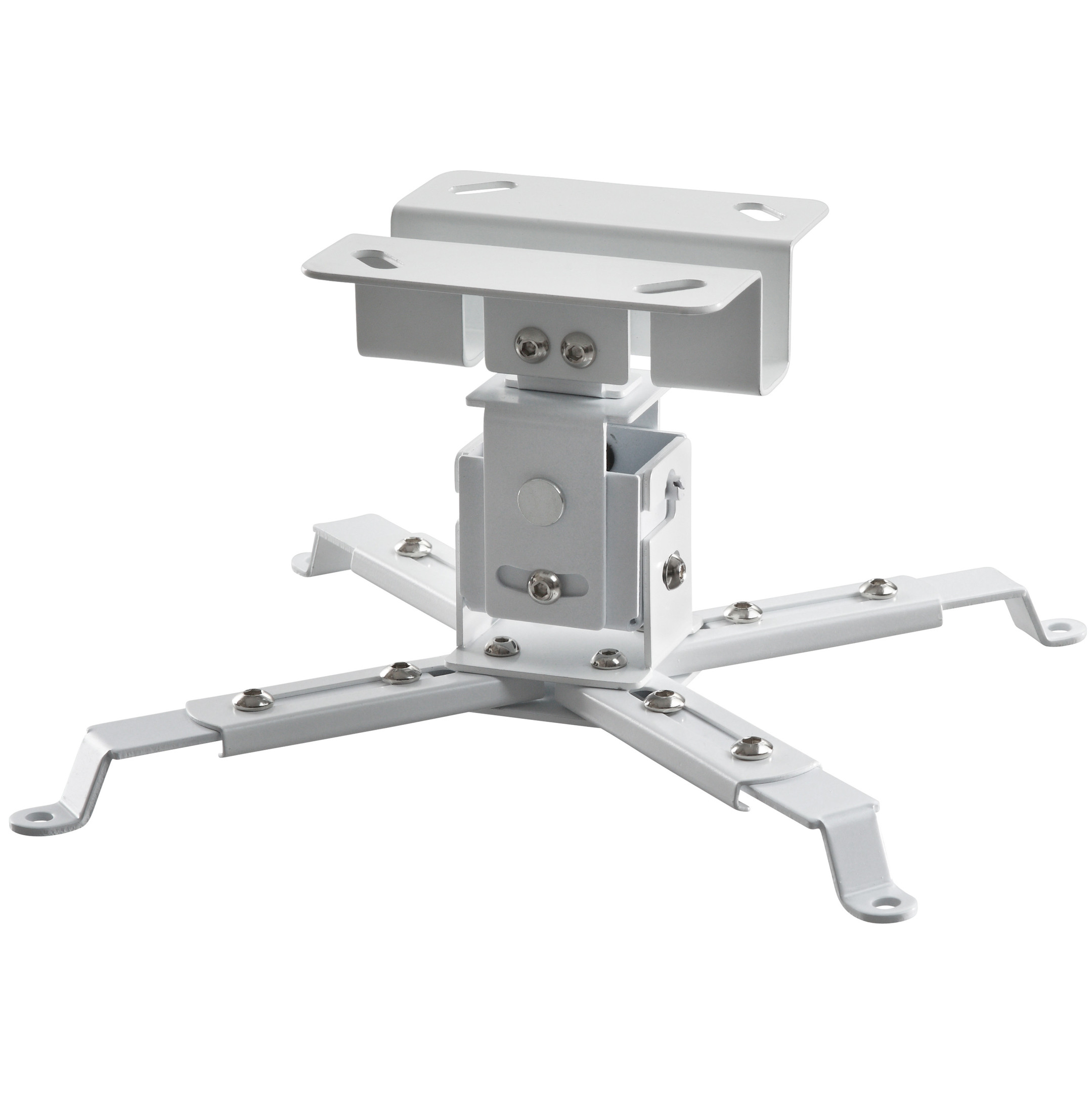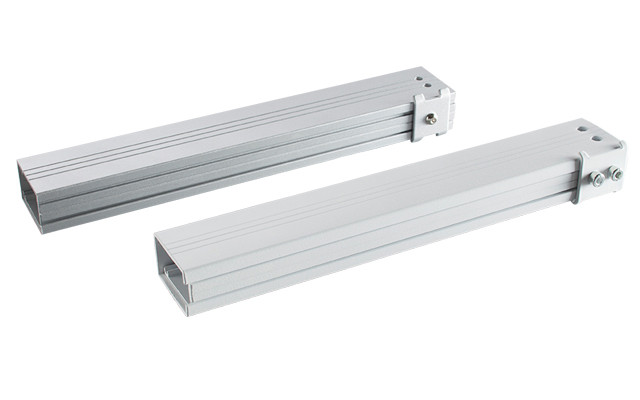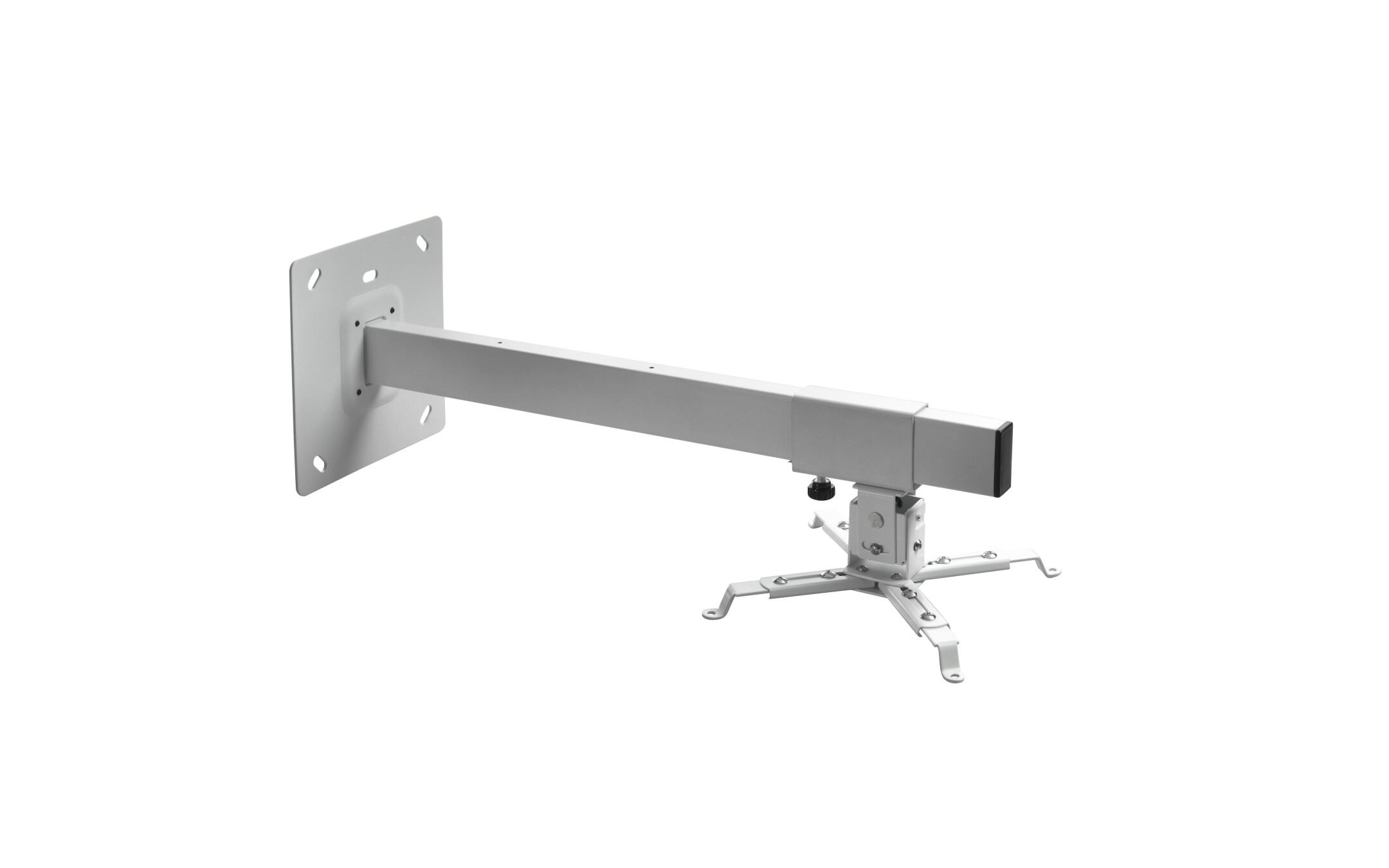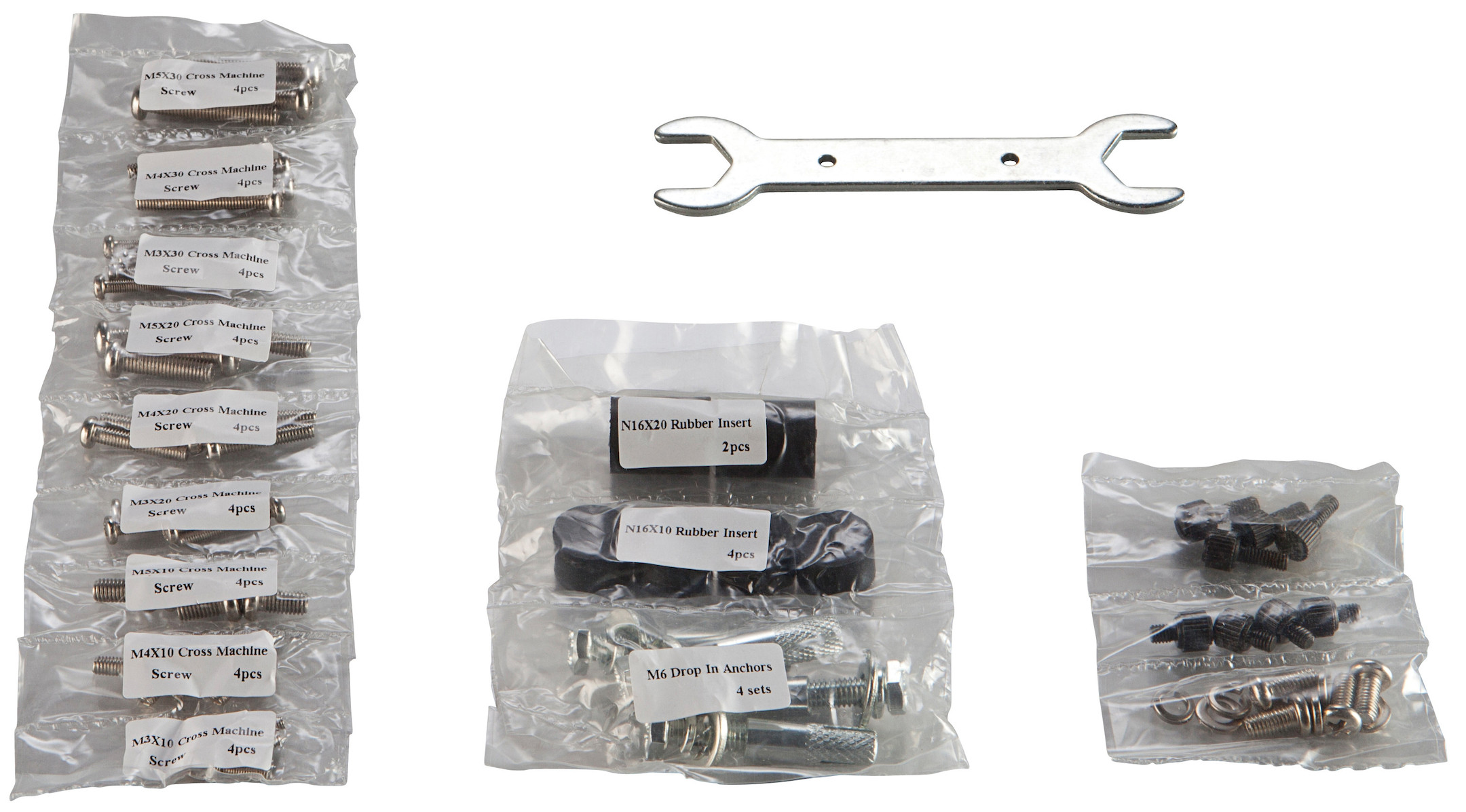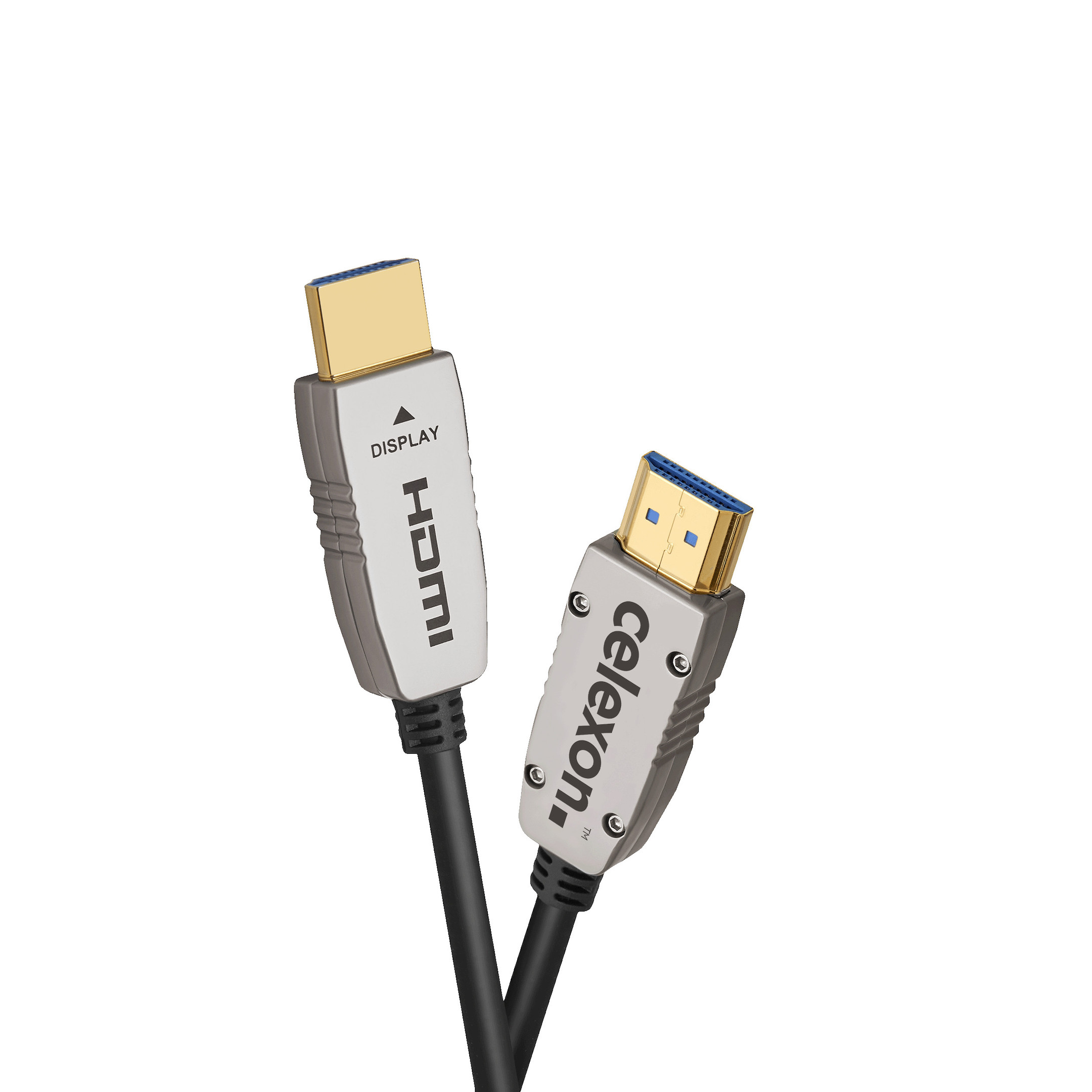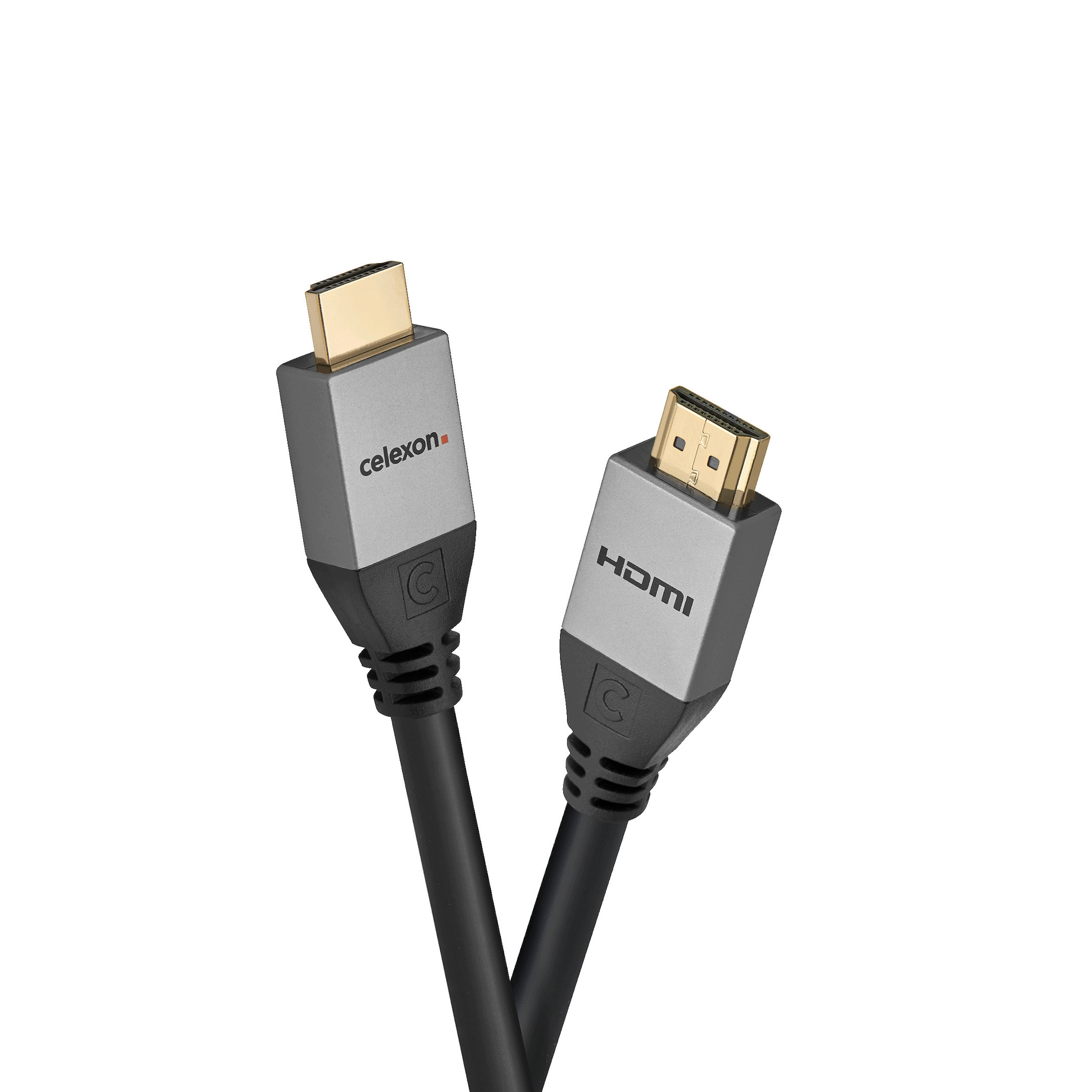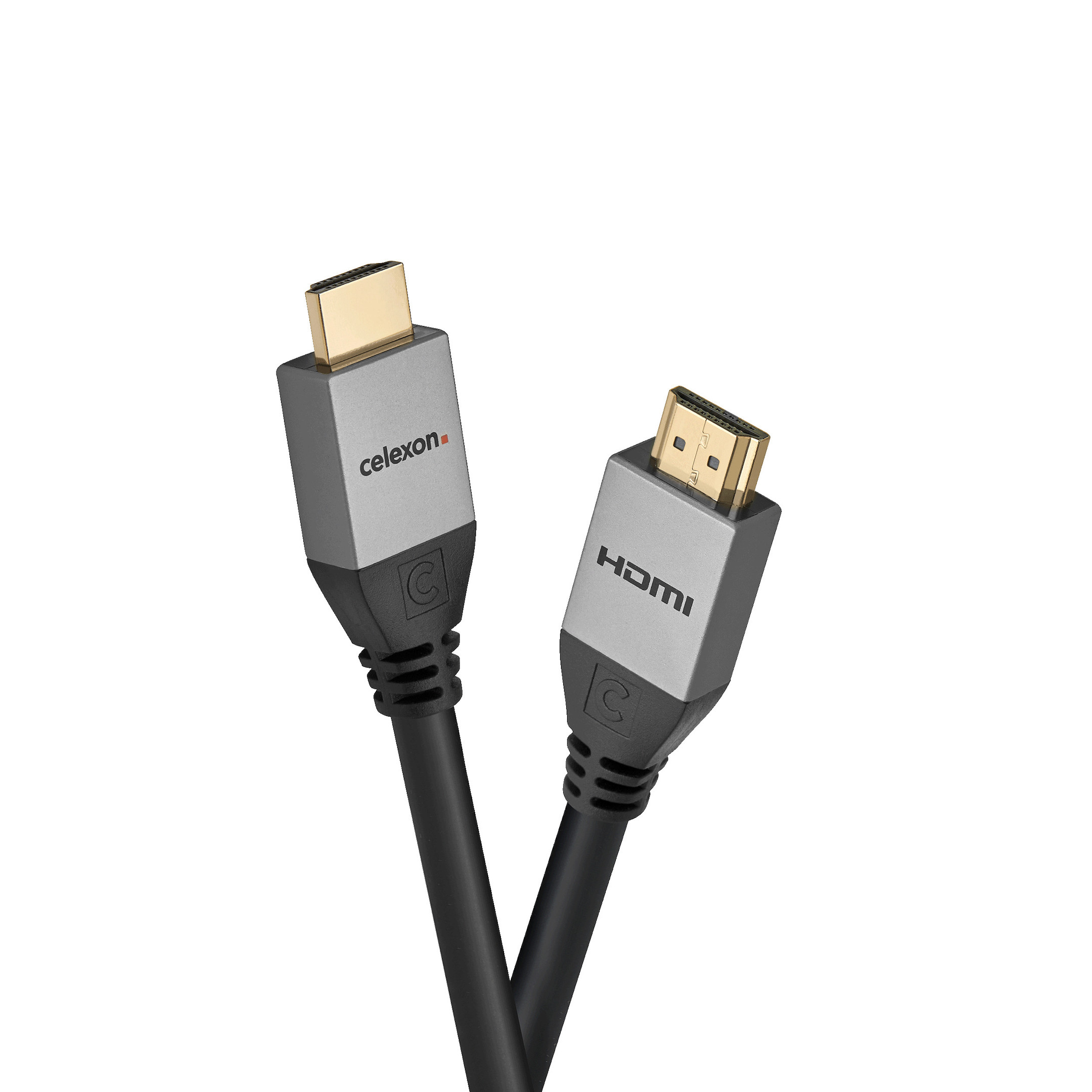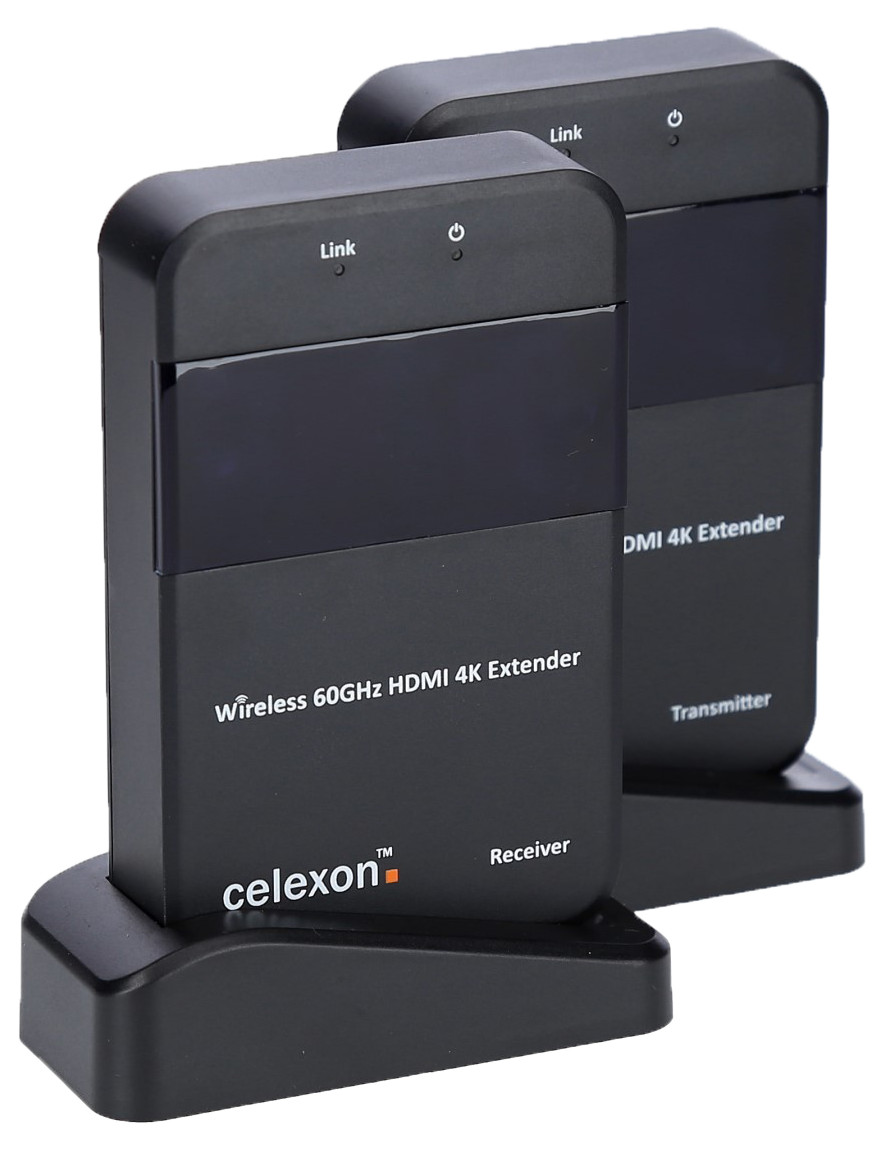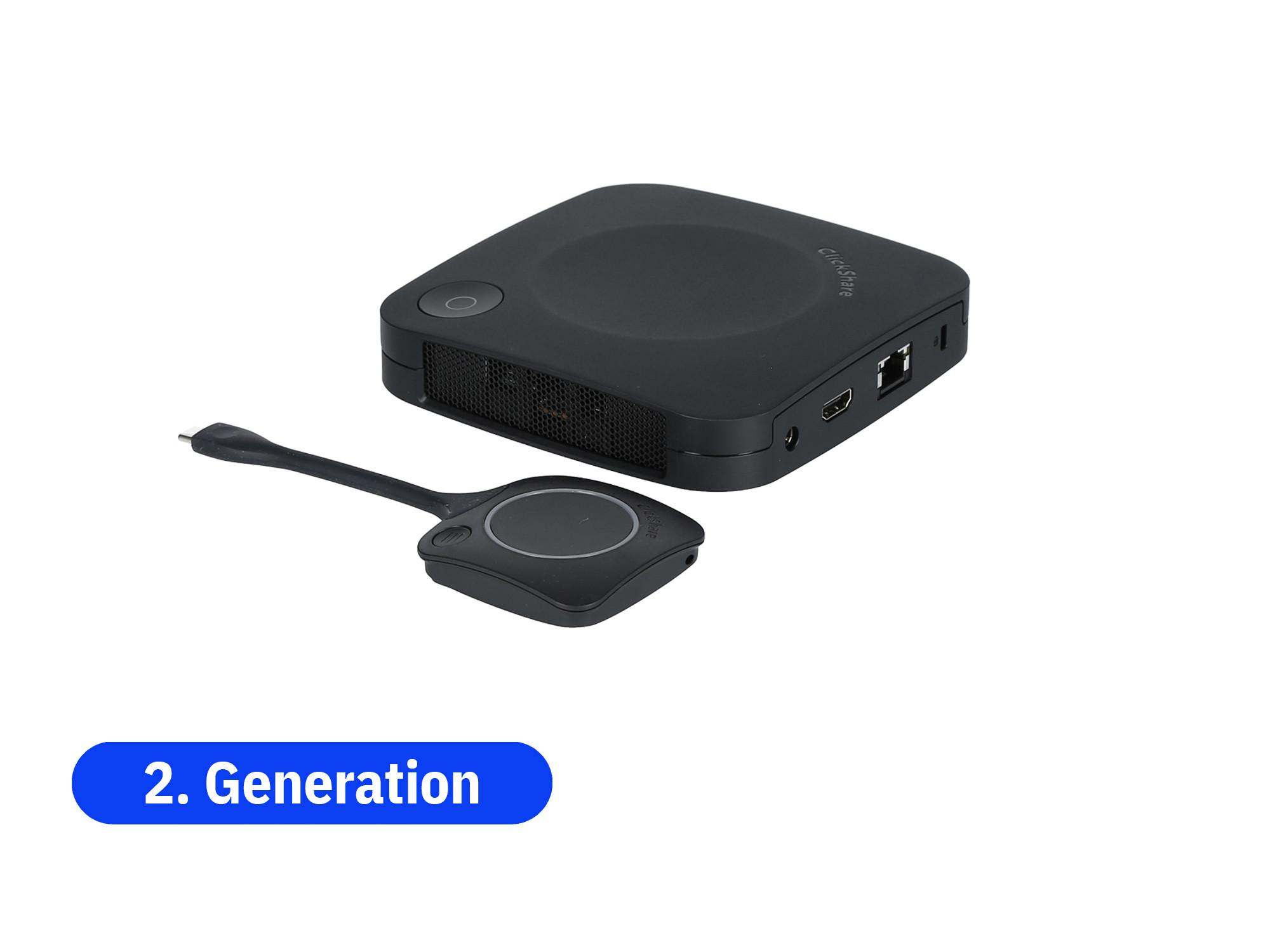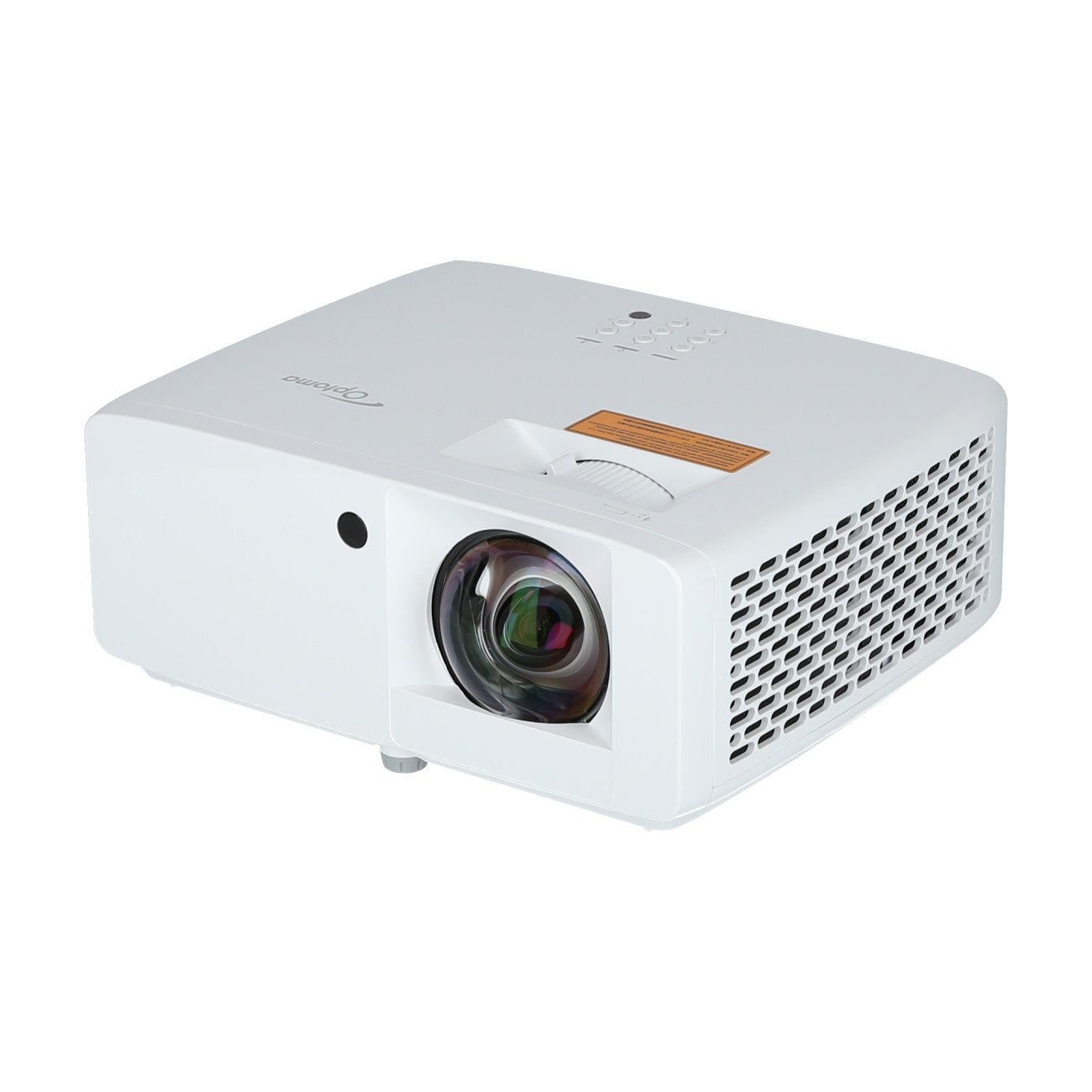







































£892.54*
- Brightness 3,500 Lumen
- Resolution 1920 x 1080 Full HD
- Aspect Ratio 16:9
- Operating noise 34 dB


Frequently purchased together
Product information
Ultra-compact Full HD laser home projector with short-throw lens
- Full HD 1080p DuraCore laser projector |4K UHD and HDR compatible | 3500 lumens and IP6X certified
- Compact & short distance lens for easy installation | 360-degree and portrait projection
- 30,000 hour laser light source - Maintenance-free DuraCore laser technology
- Sustainable design | DuraCore laser technology reduces power consumption
The energy-saving GT2000HDR laser projector is designed with sustainability in mind, offering easy setup in any room at home, with a short-throw lens and extensive connectivity options in a sleek, compact form factor that is up to 34% smaller than previous Optoma models.
This energy-efficient model reduces power consumption by up to 45% compared to Optoma's lamp-based projectors.² Advanced, power-saving DuraCore laser technology ensures a long product life of up to 30.000 hours without the need for additional lamps, requires minimal maintenance and is mercury-free, further reducing the environmental footprint.
An additional benefit of the GT2000HDR is the external power supply, which provides increased reliability, portability and energy efficiency.
The environmentally friendly packaging is made from 97% recyclable materials. The compact size of the GT2000HDR projector reduces packaging, resulting in more efficient logistics and helping to reduce carbon emissions.
This projector is convenient and easy to set up, as it can be placed less than half a metre from any wall with its short throw lens. The GT2000HDR offers high contrast and accurate, lifelike colour reproduction for movie lovers and delivers bright 3500 lumens so sports fans can enjoy live action with the lights on. It also has low input latency - perfect for games where fast responses are essential.
Technical data
| Name | Optoma GT2000HDR Projector, 1920 x 1080 Full HD, 3500 Lumen |
|---|---|
| Article number | 1000028079 |
| GTIN/EAN | 5055387666986 |
| Manufacturer SKU | E9PD7KK31EZ4 |
| Lens included | Yes |
| Model name | GT2000HDR |
| Brand | Optoma |
| Product Type | Projector |
| Product Series | Optoma GT Series |
| Application | Football projector , Gaming projector , Home cinema projector , Short throw projectors |
| Projector Type | DLP |
| Projector lamp type | Laser |
| Lamp code | Laser |
| ANSI Lumen | 3,500 ANSI Lumen |
| Resolution | 1920 x 1080 Full HD |
| Aspect Ratio | 16:9 |
| Contrast Ratio | 300,000 :1 |
| Operating noise | 34 dB |
| Operating noise - ECO | 32 dB |
| Lamp life | 30,000 Hour |
| run-time | 24/7 |
| Minimum Projection Distance | 30 cm |
| Maximum Projection Distance | 330 cm |
| Minimum Projection Ratio | 0.496 |
| Maximum Projection Ratio | 0.496 |
| Minimum Lens-Shift Horizontal | 0% |
| Maximum Lens-Shift Horizontal | 0% |
| Minimum Lens-Shift Vertical | 0% |
| Maximum Lens-Shift Vertical | 0% |
| Horizontal Keystone | 30% |
| Vertical Keystone | 30% |
| Inputs | 1x RS232 , 1x USB-A , 2x HDMI |
| Outputs | 1x 3,5mm Jack |
| wireless technology | Not Specified |
| Features | 360° projection , Integrated speaker |
| Product width | 27.4 cm |
| Product height | 11.4 cm |
| Product depth | 21.6 cm |
| Weight | 3 kg |
| Colour | White |
| Delivery contents | Batteries , Power cable , Remote control |
| Condition | New |
| Warranty | 24 Month |
| Warranty type | Bringin service Service and support information |
Downloads
Projection distance calculator
Contact our experts for help!
Image size:
Format
Format
Product safety
| Person responsible for the EU |
|---|
| Optoma Deutschland GmbH |
| Am Nordpark 3 |
| 41069 Mönchengladbach |
| Germany |
| info@optoma.de |




